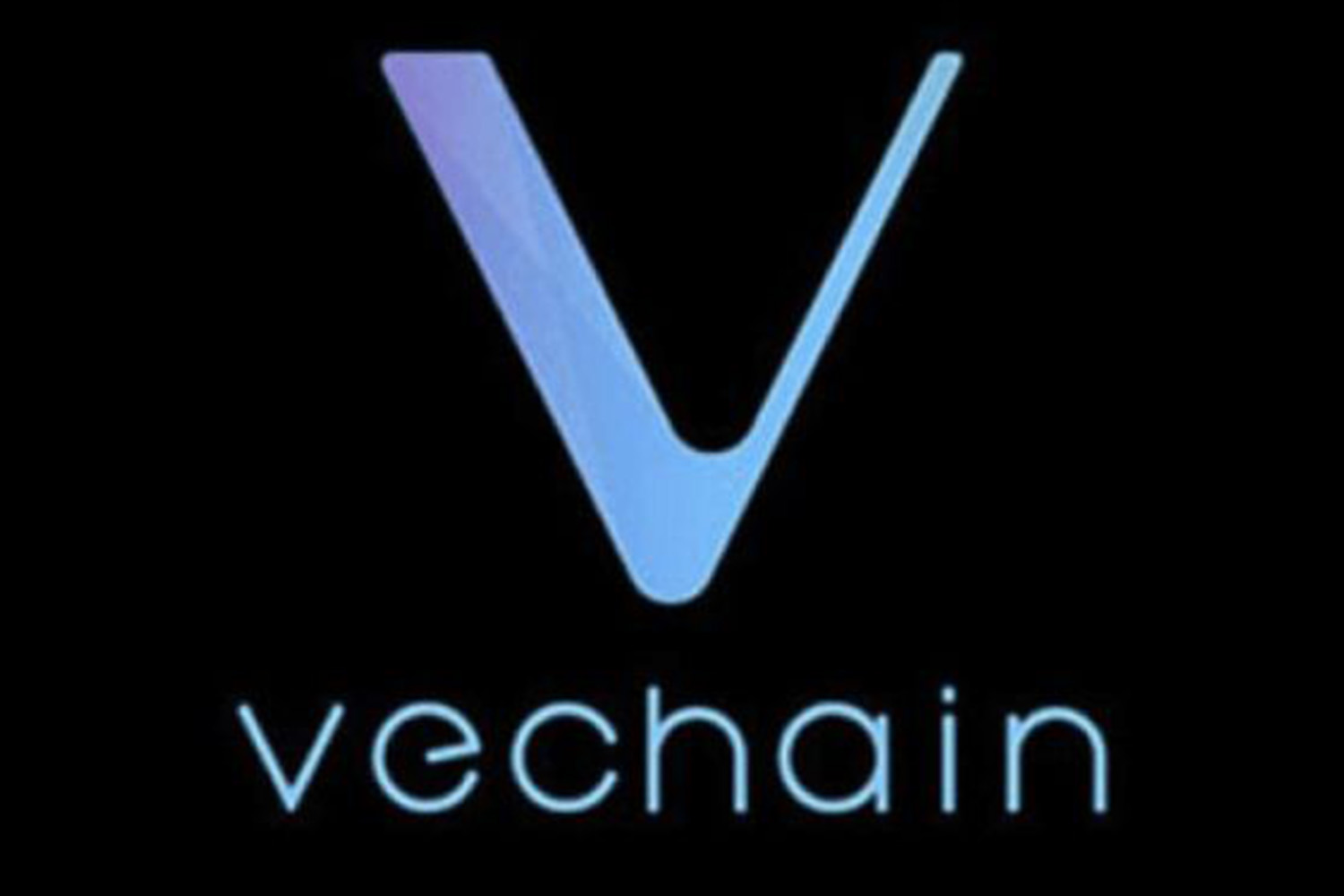VECHAIN’S anti-fraud technology is gaining traction in the crypto space as it not only lets consumers know their purchases are authentic, but also helps companies provide greater transparency during the manufacturing and delivery process.
Here’s everything you need to know about VeChain, from who founded the cryptocurrency to price predictions.
Who founded VeChain?
VeChain was co-founded in 2015 by Jay Zhang and Sunny Lu, former chief information officer of Louis Vuitton China.
Lu combined his experience in the luxury goods market with blockchain technology to create an IoT (Internet of Things) application for supply chain management.
What is VeChain?
VeChain is a blockchain platform designed to enhance supply chain management and business processes.
It was originally designed as a way to determine if a real-life product is fake or not with the aim to prevent frauds and knock-offs.
Since then the blockchain has been used by major corporations to help track everything from car manufacturing to wine production.
VeChain gives each product a unique identity, then uses sensors to track what happens at each stage of the supply chain.
This means companies can be sure products are handled correctly, and consumers can verify their purchase is legitimate.
Corporations that have started using the VeChain blockchain include Renault who in 2016 adopted it to track vehicle history.
VeChain keeps track of maintenance, mileage, and anything else that has happened to the car since leaving the showroom for the first time.
This unchangeable record can be accessed by used car buyers to give them a complete account of the vehicle.
VeChain has also announced partnerships with BMW and other car companies in Europe and Asia.
BMW uses VeChain to prevent odometer (used for measuring the distance traveled by a vehicle) fraud in car sales.
VeChain is also being adopted by other sectors.
LVMH, owner of Louis Vuitton, Christian Dior and Givenchy, uses VeChain to track luxury leather goods while Walmart uses VeChain to track food provenance.
VeChain has two native cryptocurrencies, VET coin, which is used for voting on changes to the protocol, and VTHOR, which is used for executing transactions.
VeChain has partnered with China as it develops smart cities and has joined forces with PwC who have helped promote VeChain’s blockchain to customers.
VeChain works by giving physical products such as a backpack, a unique identity, through either QR Codes, RFID (radio frequency identification) or NFC (near-field communication).
Sensors – designed by VeChain – record information at every stage of the supply chain, and are then recorded and added to the product’s identity.
As VeChain uses blockchain technology, the recorded data can’t be altered or changed.
This means there’s an accurate record of the condition of products throughout the supply chain.
If anything goes wrong, such as a product being shipped to the wrong place, the blockchain record will show where the mistake happened.
It also allows the receiver of the goods to check the items are authentic.
This works well when tackling fraud in the luxury goods sector as counterfeit high end goods cost the luxury industry $30 billion in 2017.
For example, a handbag. A small chip is placed inside the bag, which when scanned, shows the processes it’s been through on its way from production to delivery.
The chip remains after the handbag is sold, making it possible for an owner to buy the used bag on a second hand website and still verify its authenticity.
VeChain first launch its cryptocurrency hosted on the Ethereum blockchain when Zhang and Lu launched a crowd fund which sold 1 billion VEN tokens and raised $20 million.
These tokens were later replaced by VET tokens or VET coins when the VeChainThor blockchain was launched.
VET is the payment used in VeChain’s system. The more VET someone owns, the higher priority they get when it comes to using the blockchain’s resources.
VET can also be used to generate VeThor or Thor Power (VTHO), to access the supply chain technology.
Therefore a company that wishes to use VeChain’s tracking for their supply chain has to pay VTHO in order to add more information to the blockchain.
The platform which is used to do this can also be used by other blockchain projects to launch their own coin on VeChain – similar to Ethereum).
This has helped move VeChain on from just supply chain into Dapps.
VeChain (VET) price predictions 2021, 2022, 2023, 2024 and 2025
How the value of VeChain (VET) will change moving forward is impossible to know for certain.
Forecasting site WalletInvestor predicts VeChain will reach between $0.15 and $0.20 by the end of 2021.
By the end of 2022, they predict VeChain will reach between $0.25 and $0.32, between $0.35 and $0.46 by the end of 2023, $0.43 and $0.61 by the end of 2024 and by December 31, 2025, between $0.51 and $0.77.
Meanwhile, DigitalCoin predict VeChain will reach $0.19 by the end of 2021, $0.24 by the end of 2022, $0.28 by the end of 2023, $0.34 by the end of 2024 and $0.39 by the end of 2025.
